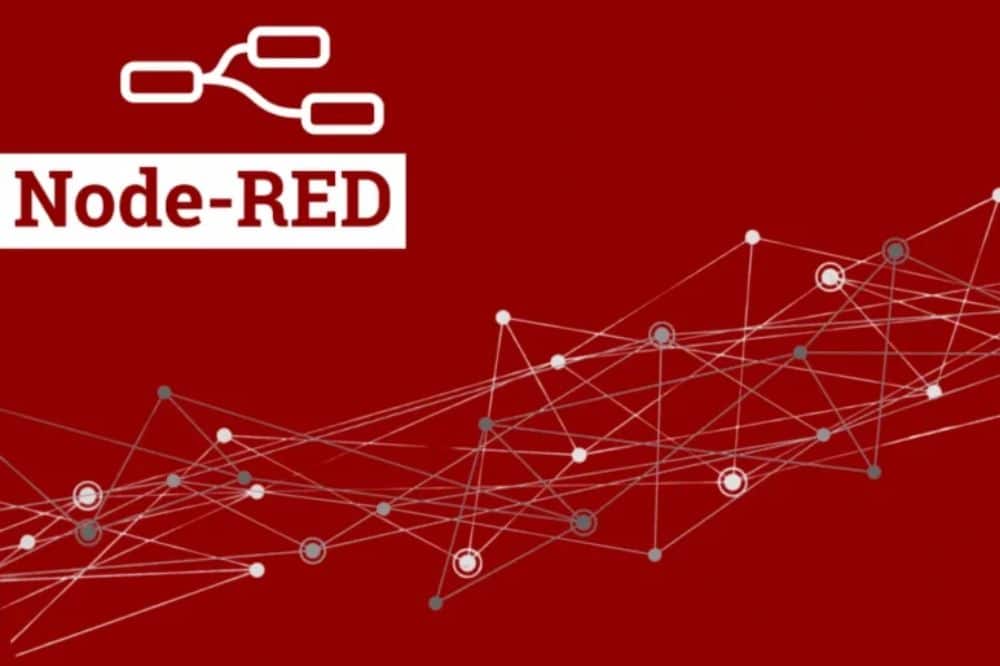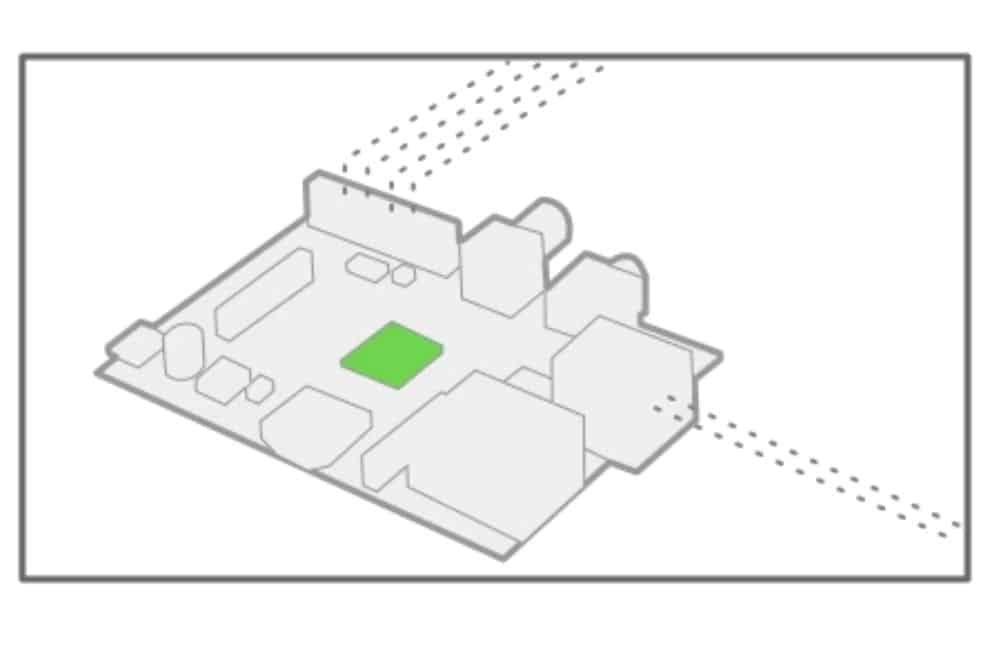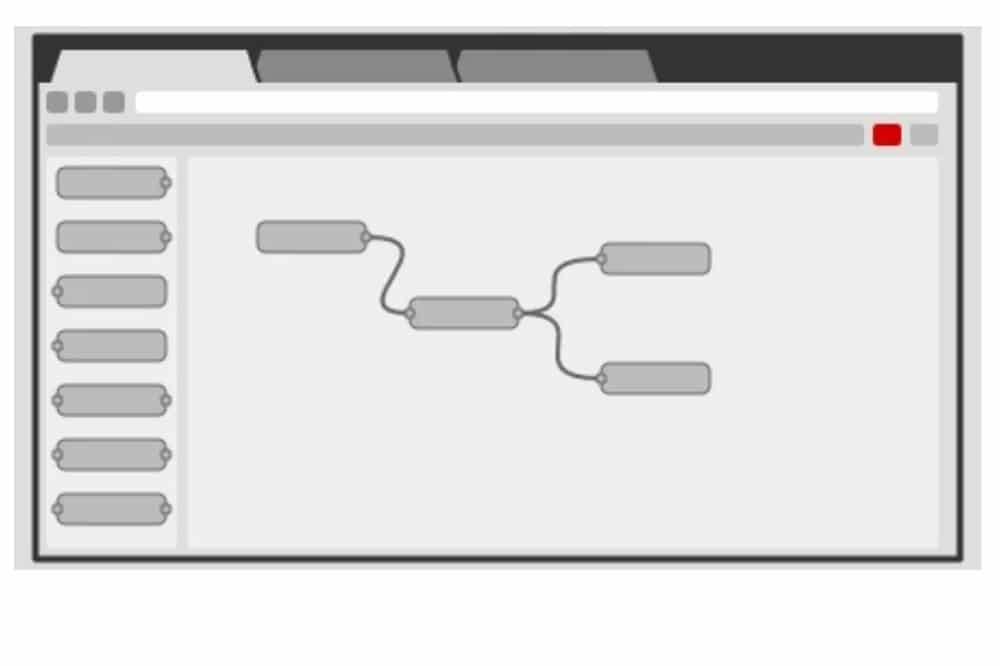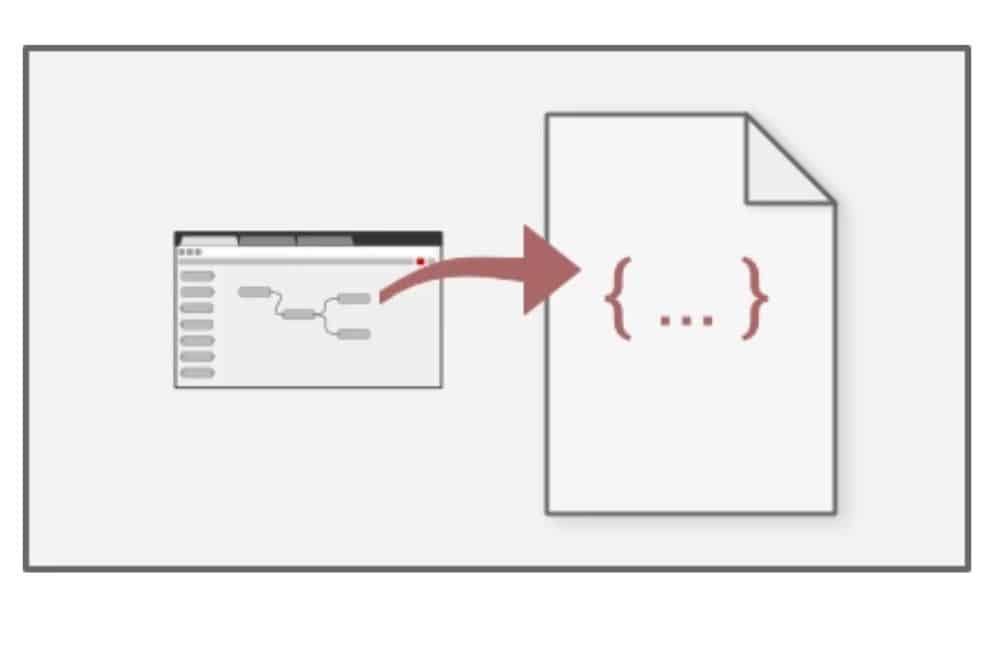Node-RED is an open-source automation software based on JavaScript. It runs on Node.js and is becoming increasingly common, especially in Internet of Things (IoT) applications and projects requiring data integration. This programming tool, which can be used with a drag-and-drop method, is used to enable communication between devices, APIs, and online services. Using its browser-based editor, it is possible to provide a flow between a wide ranges of different nodes and easily design many innovative applications.
The popularity of Node-RED has increased in parallel with the spread of IoT applications in industrial systems. When developing IoT applications, the ability to make arrangements in the design phase using the drag-and-drop feature offered by Node-RED instead of writing lines of code has eliminated one of the nightmares of system engineers. Thanks to Node-RED, system engineers can develop easy-to-use automation software without the need for much coding.
On the other hand, if we specifically examine industrial applications, what specific advantages can the use of Node-RED offer? The answer to this question is fundamentally related to the conditions that differentiate industrial applications from any IoT application.
1) Easy Integration
One of the main challenges of industrial communication is that industrial equipment may use very different protocols for communication. The advantage that Node-RED offers at this point is that different industrial protocols and devices can be easily integrated. Node-RED is compatible with Modbus, OPC-UA and MQTT, which are among the most popular protocols among industrial communication protocols. Thanks to its support for different communication protocols, it can enable easier data exchange between sensors and machine control systems in industrial systems. REST APIs can be created using HTTP nodes in Node-RED, thus data can be obtained from APIs.
2) Visual Programming
In industrial applications, the processes of system engineers developing prototypes and testing workflows can take a long time and effort. Making these processes more practical significantly shortens the deployment process of these applications and reduces the need for debugging. For this reason, programming with the drag-and-drop method offered by Node-RED allows users to easily visualize and configure complex processes. This also facilitates the prototype development processes and workflow tests of system engineers.
3) Customization and Flexibility of Use
Node-RED can be extended with JavaScript-based functions and user-defined functions can be written. This flexibility in use allows users to develop custom solutions in industrial automation projects. For example, custom processing nodes can be created to analyze and monitor data coming from the production line in real time.
4) Ease of Use and Maintenance
In industrial applications, Node-RED facilitates data collection, data processing and reporting processes. Data collected from industrial devices can be sent to the cloud or databases, and this data can be analyzed to increase operational efficiency. This provides remote monitoring and automation.
Node-RED's visual flows allow systems to be easily inspected and maintained. These flows can be quickly updated and new functions can be added. Thanks to its comprehensive Node library, projects can be developed through pre-developed modules and functions.
5) Community and Support
As with many open source applications, Node-RED has a large developer community. Developers constantly contribute to the platform by developing plugins and Nodes. Challenges encountered in industrial applications can be quickly resolved with the help of the community.
In summary, the use of Node-RED in industrial applications can accelerate a prototype development process, as well as make it easier to integrate applications. The flexibility it offers in application development paves the way for more innovative applications. Thanks to its visual programming capabilities, even users with limited programming knowledge can easily manage complex data flows and business processes.
Robustel's router hardware also supports developing applications over the router using Node-RED.
Already Using Node-Red?
This helpful guide from FlowFuse can help you get up and running rapidly




